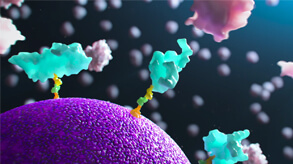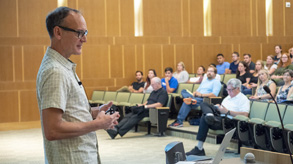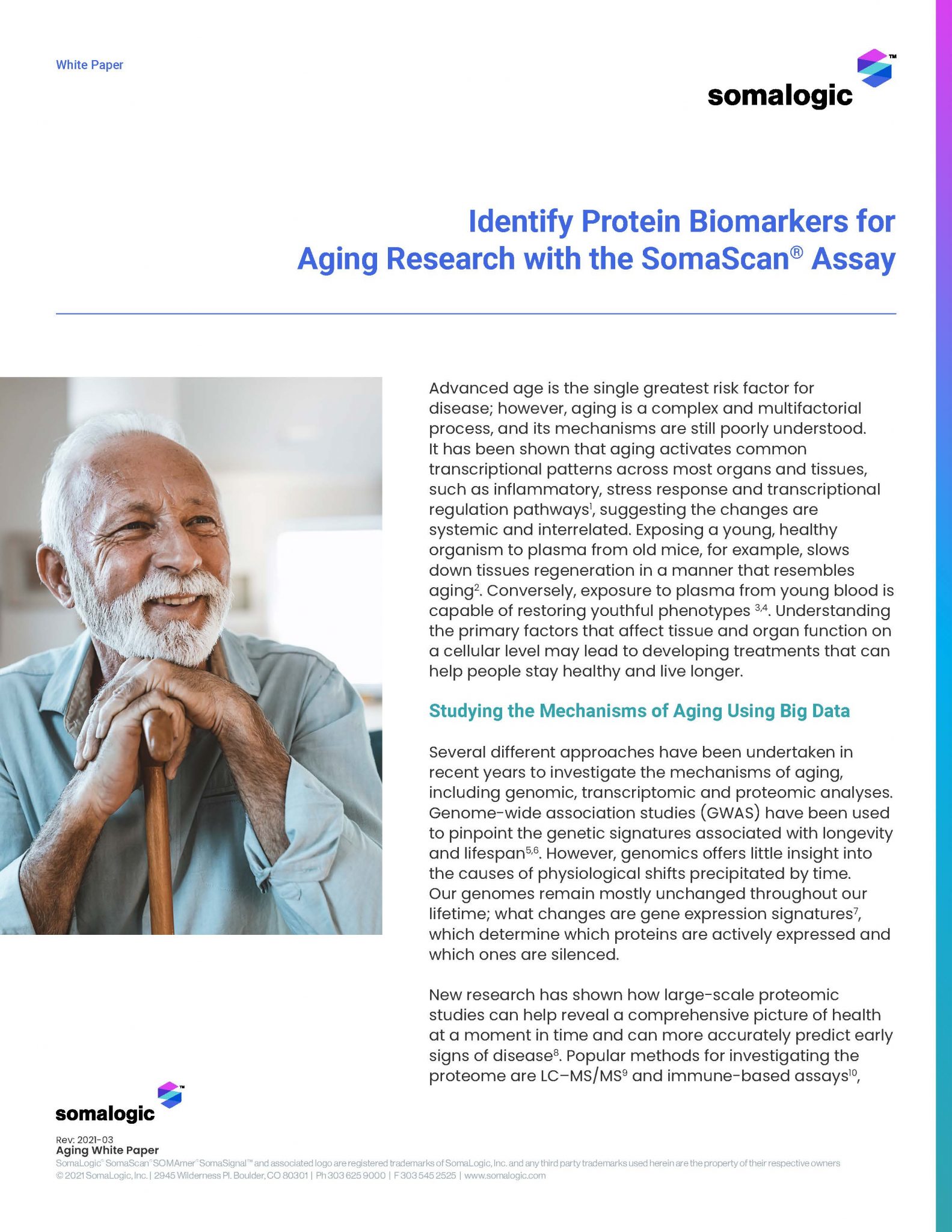Advanced age is the single greatest risk factor for disease; however, aging is a complex and multifactorial process, and its mechanisms are still poorly understood. It has been shown that aging activates common transcriptional patterns across most organs and tissues, such as inflammatory, stress response and transcriptional regulation pathways1, suggesting the changes are systemic and interrelated. Exposing a young, healthy organism to plasma from old mice, for example, slows down tissues regeneration in a manner that resembles aging2. Conversely, exposure to plasma from young blood is capable of restoring youthful phenotypes 3,4. Understanding the primary factors that affect tissue and organ function on a cellular level may lead to developing treatments that can help people stay healthy and live longer.
- Our Biology
- Platform
- Our Science
- SomaScan Platform
- SomaScan Select 3.7K Assay
- SomaScan 11K Assay
- KREX™ Technology: Redefining Antibody Profiling
- Features
- Menu Size
- Scalability
- Sensitivity
- Specificity
- Reproducibility
- Versatility
- Products

We provide our fee-for-service proteomics platform SomaScan® Assay Services at our CLIA-certified, CAP-accredited laboratory.
SomaScan Assay Services are also accessible at all SomaLogic Authorized Sites worldwide.
- Services
- Pre-Analytical Variation
- SomaScan Assay Services
- SomaScan Data Consulting Services
- SomaScan Panels
- SomaSignal Tests
- Omics Services
- Reagent Consumables
- Single SOMAmer Reagents
- Authorized Sites
- Authorized Sites Resources
- Become a SomaLogic Authorized Site
- Authorized Sites Worldwide
- Software and Tools
- Become a SomaLogic Authorized Site
- Authorized Sites
- SomaScan Assay Services
- Pre-Analytical Variation
- Scalability
- SomaScan Select 3.7K Assay
- SomaScan Platform
- Platform





